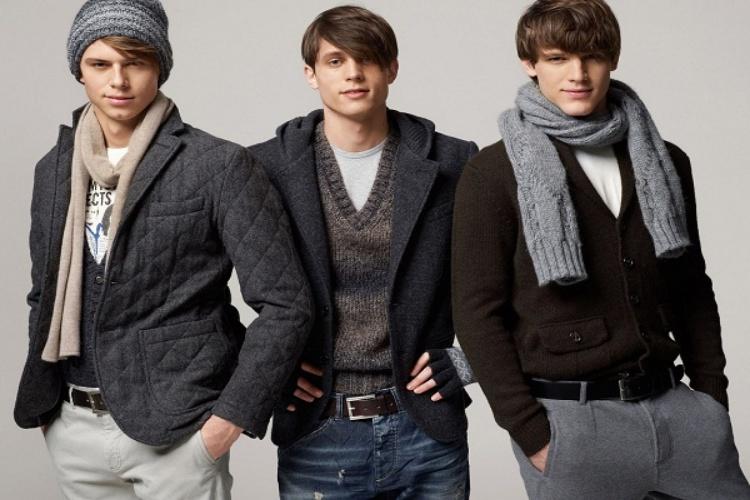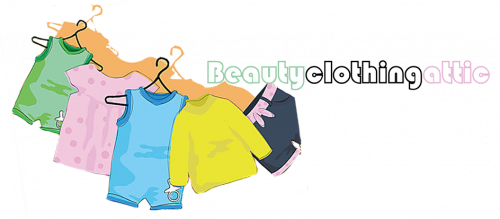Finding the right men's clothing can be tough. It used to be that men's clothing was one size fits all; today, it can take a little getting used to. When shopping for a new wardrobe, you have to take into account your body type and the season you are buying your clothes in. Men's clothing today is bigger, more stylish, and more durable than ever before. To help you find the perfect men's clothing fit, follow these easy suggestions: Finding the right men's clothing can be tough. It used to be that men's clothing was one size fits all; today, it can take a little getting used to. When shopping for a new wardrobe, you have to take into account your body type and the season you are buying your clothes in. Men's clothing today is bigger, more stylish, and more durable than ever before. To help you find the perfect men's clothing fit, follow these easy suggestions:

Wealthy Men's Clothing Unlike the gents back in time, wealthy men weren't always suited to business. They enjoyed comfort, good grooming, and quality clothing. The early suits were stiff and made of stiff fabric. Today, you'll find both cotton and synthetic fabrics in suits meant for the wealthy man. Formal attire is out; lounging in comfortable sweat suits is in. If you're wondering what would wear richly, look for wigs in black, navy, or gray.
Men's Clothing With the advent of jeans in the '80s came the need to find alternative clothing to meet the demand. One such item was the waistcoat, which gave men the opportunity to look casual without sacrificing formal attire. A waistcoat today can come in many different styles and colors. For the more formal, choose a coat made of solid color wool and finish it with a cummerbund, a kind of formal belt that goes around the waist and cinches it at the top.
Dress Shirts For the average man, his wardrobe consisted of two essential items: dress shirts and neckties. The dress shirt usually had three or four buttons and was buttoned up to the top, but sometimes included a V-neck. Shirt dresses were paired with slacks in a dark tone. Neckties, again, could be of any color but usually had two or three holes in the neck and were made either with plain style or sergeants. Remember, the dress shirt was one of the essentials in any wardrobe.
Graphic Tees The look of graphic tees has changed radically over the years. Where they started out, in the 1990s, they were sported mostly by younger men, often sported paired with casual trousers or khakis. These days, graphic tees are worn by men of all ages, and often with a fitted jacket or shirt dress shirt. The graphic tee has evolved to become one of the more stylish items in a man's wardrobe, and is no longer paired only with t-shirts. Instead of wearing the shirt alone, many men now wear graphic tees with jeans and a dress shirt.
Men's Clothing With the introduction of pants to the wardrobe of wealthy men, the breeches garment took its place. Originally, breeches were just fabric slacks with a bit of padding along the sides. But with the evolution of men's clothing, breeches have evolved into fashionable pants with fashionable pockets. There are several different styles of breeches that are available today, including the poncho breeches, which look similar to slouch pants, and the bill breeches, which feature a pocket at the front of the leg. Both styles are designed to give the appearance of casual, yet dressy breeches.
Colonial Clothing Historically, colonial clothing was quite simple. Men would wear a shirt, usually cotton, with a necktie, and breeches were worn by the men of the lower class. This attire included brightly colored neckties, such as red, white, and blue, and was trimmed with gold or brass buttons. Colonial clothing included both neckties and breeches, which gave the look of wealth. But, it also included clothing that had a utilitarian nature, for instance, work uniforms, which meant that they were made from suitable materials, such as linen.
The Colonial period is characterized by a style of clothing that was characterized by complexity. Clothes were often decorated with beads and other decorative items, sometimes containing intricate details like flecks of metal or gems. But, this style of clothing tended to be too formal to suit the needs of the working classes. It also caused difficulty in access to clothing for the poor and even for the wealthy, who could afford it.

Leave a Reply